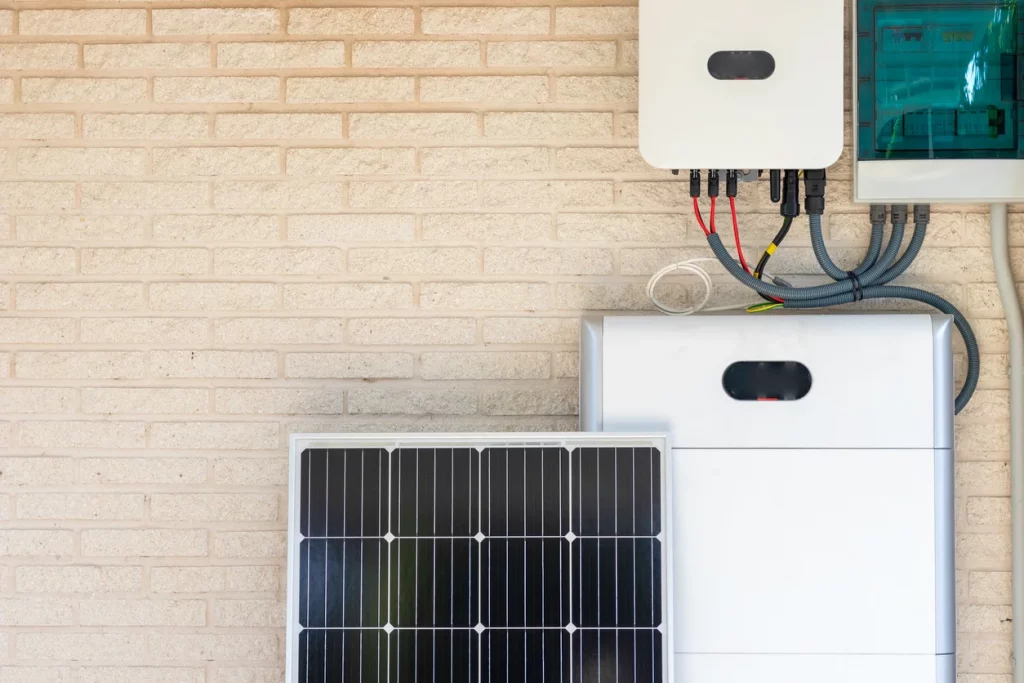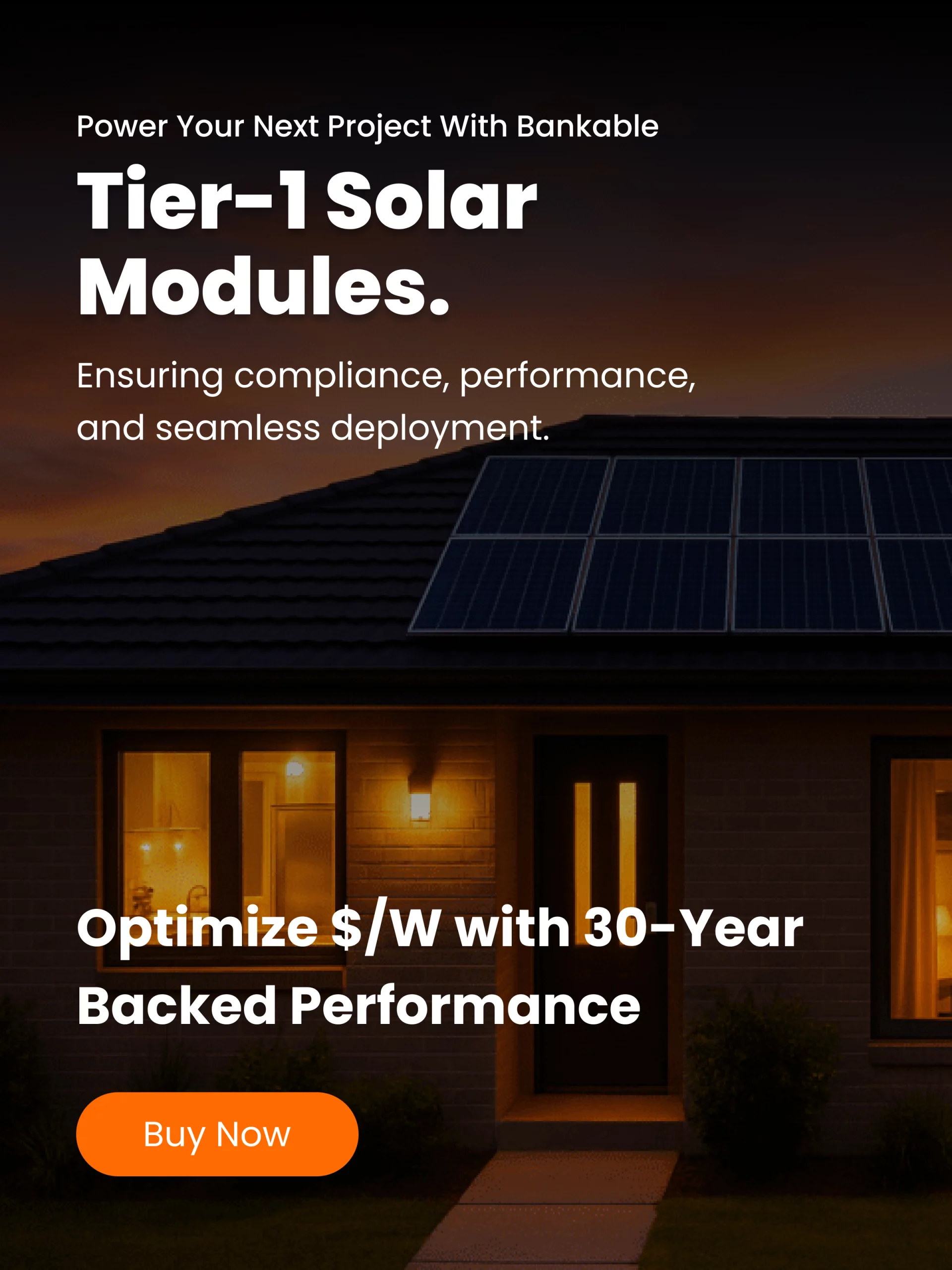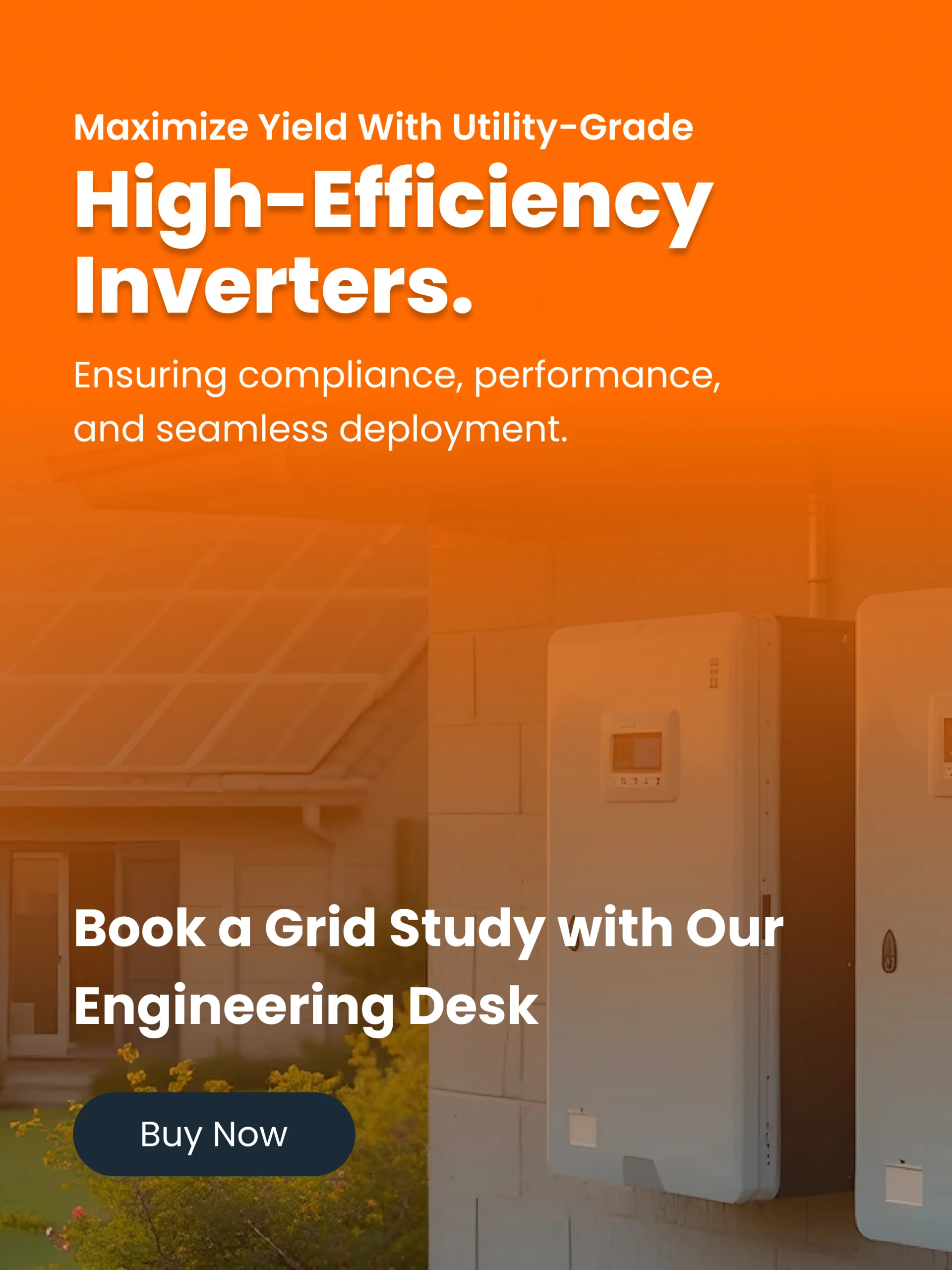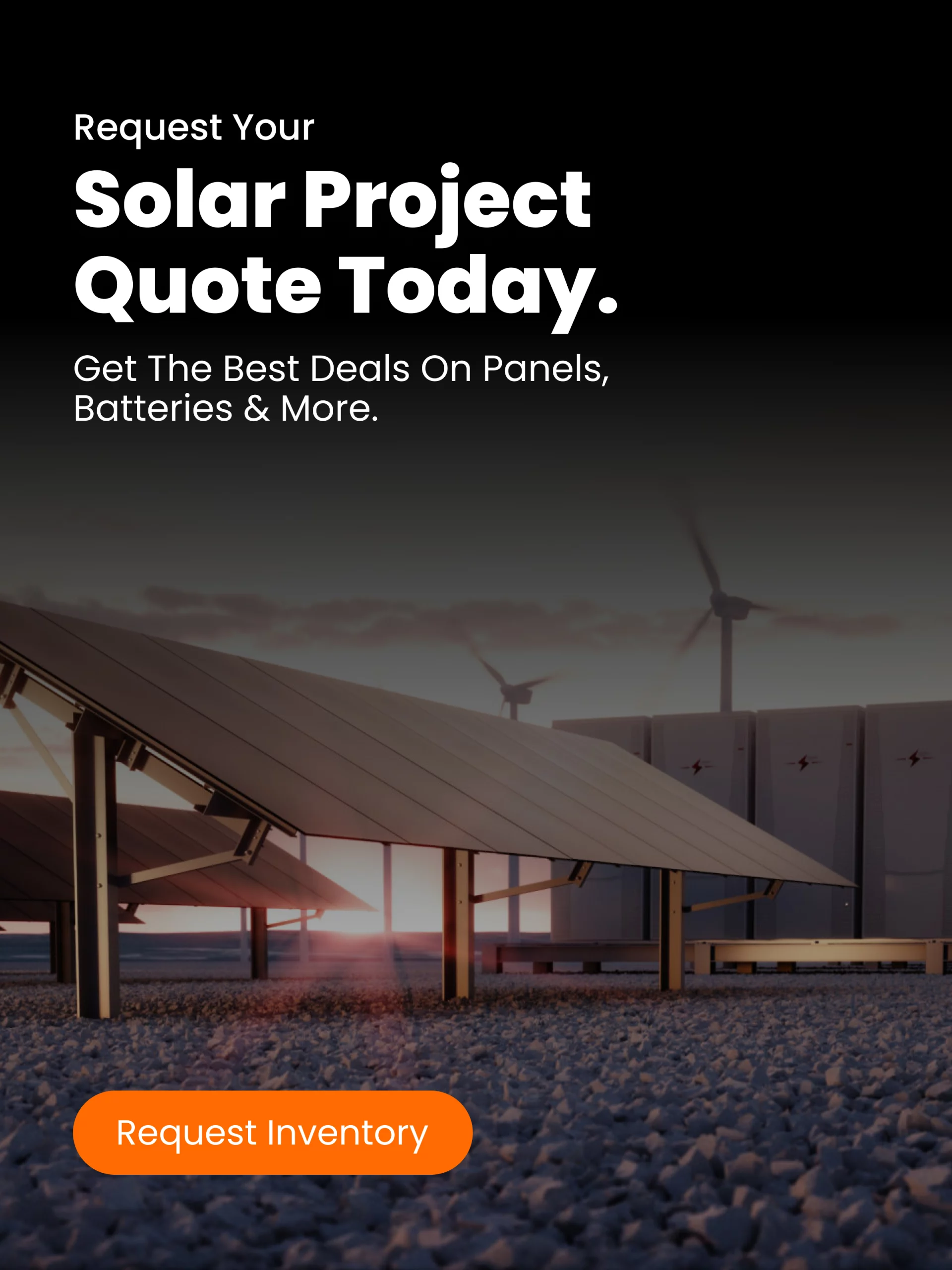When the sun isn’t shining at night, during storms, or when panels are shaded, solar batteries store the daylight energy you generate so you can still use it. That means more control, better energy independence, and lower electricity bills.
But not all solar batteries are the same. Different battery chemistries come with trade-offs in safety, lifespan, cost, and performance.
Using information from Enphase and recent market data, here’s a complete breakdown of the major solar battery types, their strengths, weaknesses, and how to choose the right one for your home.
Main Battery Chemistries Used in Home Solar
Enphase identifies three main types of solar battery chemistries used for residential energy storage:
- Lead-acid
- Lithium-ion (including subtypes like LFP and NMC)
- Flow batteries
Solar Battery Chemistry Comparison Table
| Feature | Lead-Acid | Lithium-Ion (LFP, NMC) | Flow Batteries |
|---|---|---|---|
| Typical Use Cases | Basic backup, small off-grid or DIY setups on a tight budget | Mainstream home and commercial storage; ideal for efficiency and frequent charge/discharge cycles | Large-scale or community use; long-duration storage where space and cost are less restrictive |
| Depth of Discharge (DoD) | ~50–80% (partial usable capacity to prolong life) | High DoD, often 80–98%; LFP allows deeper discharge | Near or full DoD; excellent for high energy utilization |
| Cycle Life / Lifespan | 3–7 years depending on usage | 5–20+ years; LFP offers high cycle counts and longevity | 20–30+ years potential; still limited home-scale data |
| Safety / Thermal Risk | Moderate; risk of sulfation and leaks | Generally good; LFP offers strong thermal stability | Very safe; low fire risk, though large fluid systems need careful design |
| Cost | Low upfront cost but higher lifetime cost due to replacements | Higher upfront cost but lower cost per usable kWh over time | High capital cost, especially at small scale |
| Size / Energy Density | Bulky and heavy for stored energy | High density; compact and efficient | Low density; requires tanks or fluid systems |
Inside Lithium-Ion: LFP vs NMC
Since lithium-ion batteries dominate home energy storage, understanding their subtypes is key.
LFP (Lithium Iron Phosphate)
- High safety and long cycle life
- Thermal stability and deep discharge
- No cobalt, which reduces the risk of thermal runaway
- Ideal for home use where safety and reliability matter
NMC (Nickel Manganese Cobalt)
- Higher energy density (stores more in less space)
- Can charge faster but tends to cost more
- Slightly higher thermal risk and shorter lifespan than LFP
- Best for space-constrained setups where compactness is crucial
Enphase’s Battery Offerings and Key Features
Enphase uses LFP chemistry in its IQ Battery line, emphasizing modularity, safety, and reliability.
Key Enphase Models and Features
- IQ Battery 5P: Modular 5 kWh LFP battery; expandable by stacking units
- 15-Year Warranty: Long-term performance guarantee
- High Efficiency: Around 90% round-trip efficiency
- Built-In Safety: Meets UL-9540A standards and reduces risk of thermal runaway
- Flexible Installation: Indoor or outdoor compatible and easy to expand later
What to Consider When Choosing a Home Solar Battery
Daily Energy Usage and Storage Goals
Determine if you need:
- Backup during outages
- Bill reduction through time-of-use rate avoidance
- Full home backup or partial support
Depth of Discharge (DoD)
Higher DoD means more usable energy per cycle but may raise cost or system stress.
Cycle Life and Warranty
Longer warranties (10–15 years or more) and high cycle ratings mean better long-term value. LFP batteries often come with strong warranties.
Safety and Certifications
Always look for UL-9540A certification, thermal management systems, and proven track records of safety.
Installation Considerations
Consider size, weight, and location (indoor vs outdoor), as well as compatibility with AC/DC coupling and inverters.
Cost vs Lifetime Value
Focus on total cost of ownership, not just upfront price. Higher-quality batteries with longer lifespans often provide better long-term ROI.
Verified Data and Trends for 2025
- LFP lithium-ion batteries dominate the home market due to safety, lifespan, and affordability
- Flow batteries remain niche, mostly for utility-scale systems
- Enphase IQ 5P earns top marks for warranty (15 years) and safety certifications
- Round-trip efficiency of 90% or higher is now standard for premium systems
- AC-coupled systems are popular for retrofits while DC-coupled systems may offer slightly better efficiency for new builds
Which Battery Chemistry is Right for You
| Your Priority | Best Fit |
|---|---|
| Maximum safety, long life, deep use cycles | LFP (Lithium Iron Phosphate) |
| Highest energy in compact space | NMC or other high-density lithium chemistries |
| Lowest upfront cost, limited backup | Lead-acid |
| Long-duration or community-scale storage | Flow batteries |
Final Thoughts
Solar batteries are redefining home energy control, offering independence from the grid, protection during power outages, and long-term cost efficiency.
As of 2025, lithium-ion—especially LFP—remains the top choice for homeowners because of its safety, efficiency, lifespan, and value.
Before You Buy
- Assess your energy needs and critical loads
- Determine desired capacity and runtime
- Confirm compatibility with your panels and inverter
- Prioritize safety and warranty coverage
With the right battery chemistry and thoughtful system design, your solar setup becomes more than panels on a roof—it becomes a resilient, efficient, long-term energy solution for your home.




